The Hyundai Tucson arrived four years late to Malaysia but did it arrive in a compelling package? We drove the top spec model to find out.
Over the years, Hyundai have sort of backed away from the mainstream in Malaysia. Their last crack at it was with the previous generation Tucson which was locally-assembled and made available in a wide variety of options. Unfortunately, it never quite took off and the brand has since moved to a more upmarket slice of the market. Hyundai-Sime Darby have been busy updating its showrooms and products to reflect this new premium brand positioning, which explains why it took 3 years for the 4th generation Tucson to be introduced here. We took the full spec Tucson 1.6T Max for a spin earlier this year and here’s what we found.
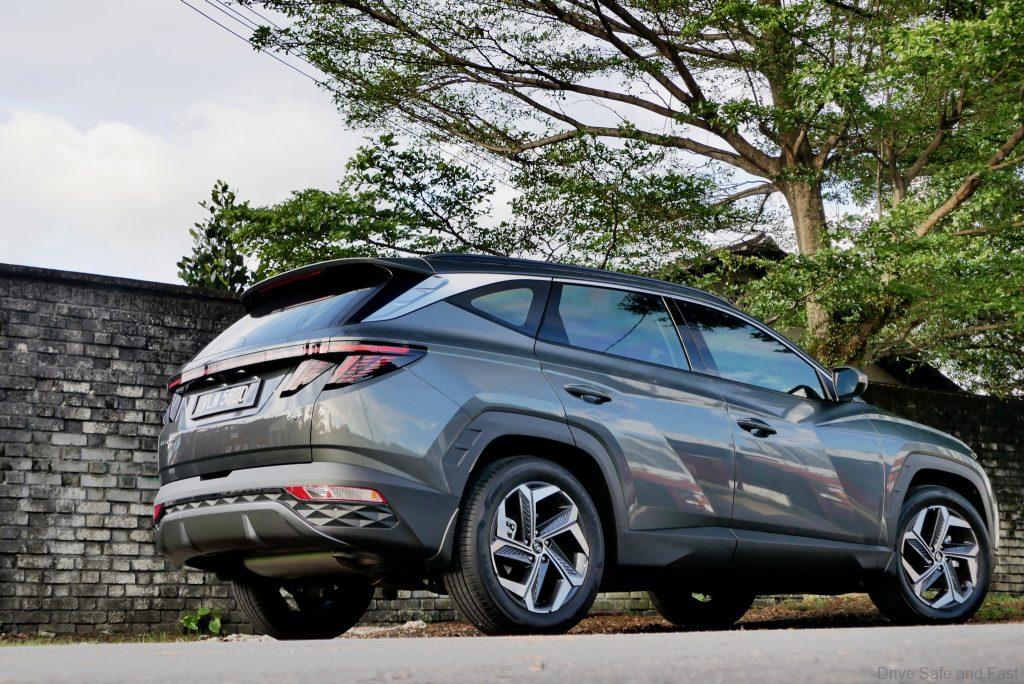
The best place to start is the looks. Without a doubt, the 4th generation Hyundai Tucson has put design and perceived quality as its primary focus. There’s just so much to take in at every angle whether you’re inside the car or observing it from the road. It’s a busy looking vehicle, and this kind of expressive design isn’t easy to pull off but absolutely they got it right. No doubt the designers wanted to flex their capabilities and were looking to communicate that Hyundai was done with conventional looking vehicles.
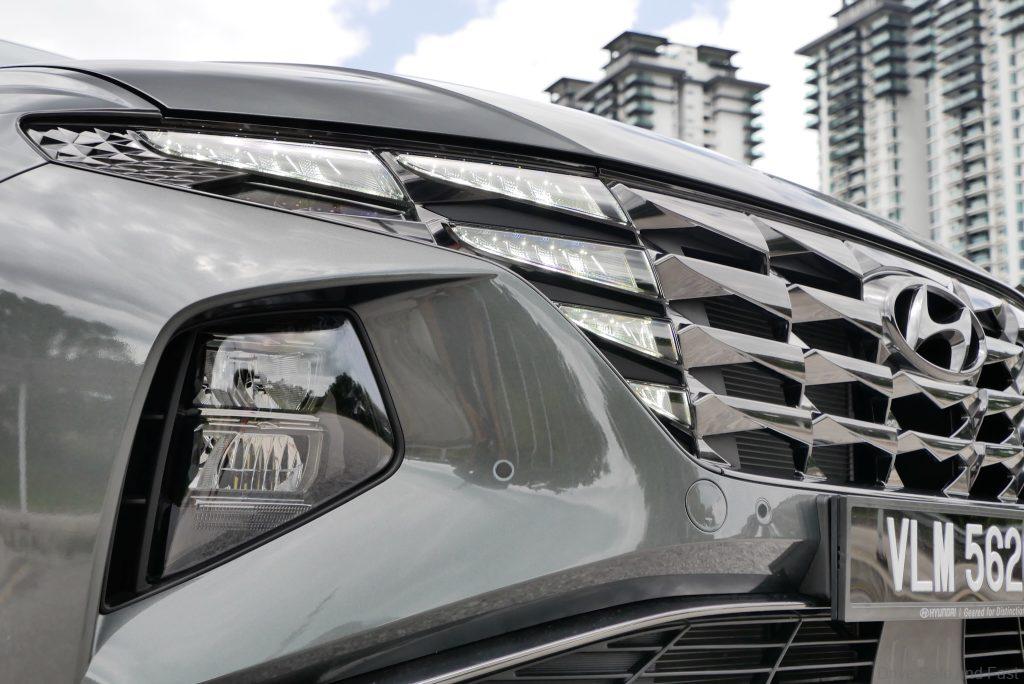
The question of whether this look appeals to YOU as a customer is a personal one and perhaps is done on purpose. Instead of giving us something inoffensive, the design team says “here’s something we have done to our high standards, what do you think of it?”. It’s an interesting approach but also an approach that will generate a strong emotional response, which is not always guaranteed to be positive.
There are plenty of great details to be found in every corner. From the claw-like LED taillights to the satin chrome garnish and the consistent parametric motif throughout, the new Tucson is never boring to look at.
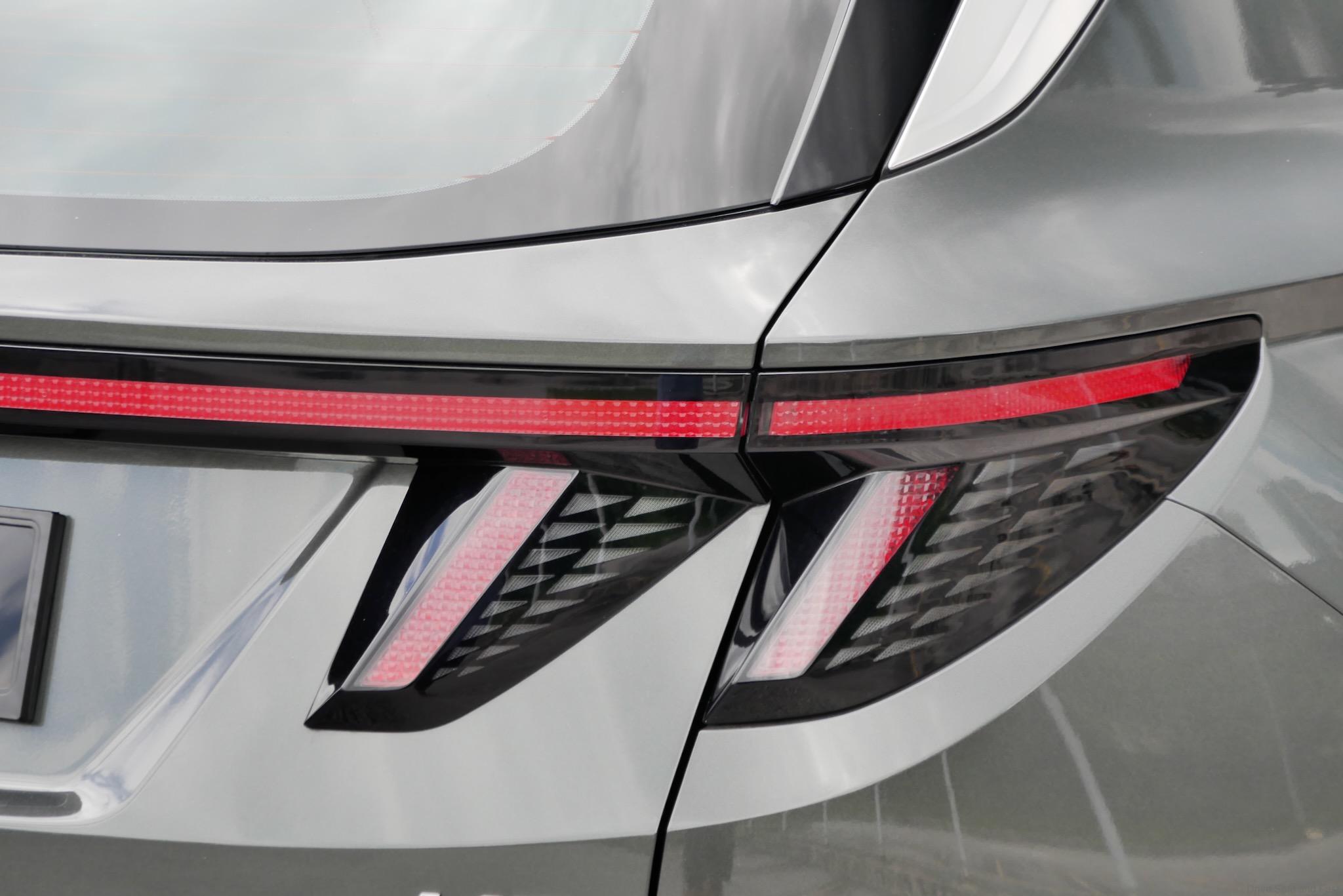
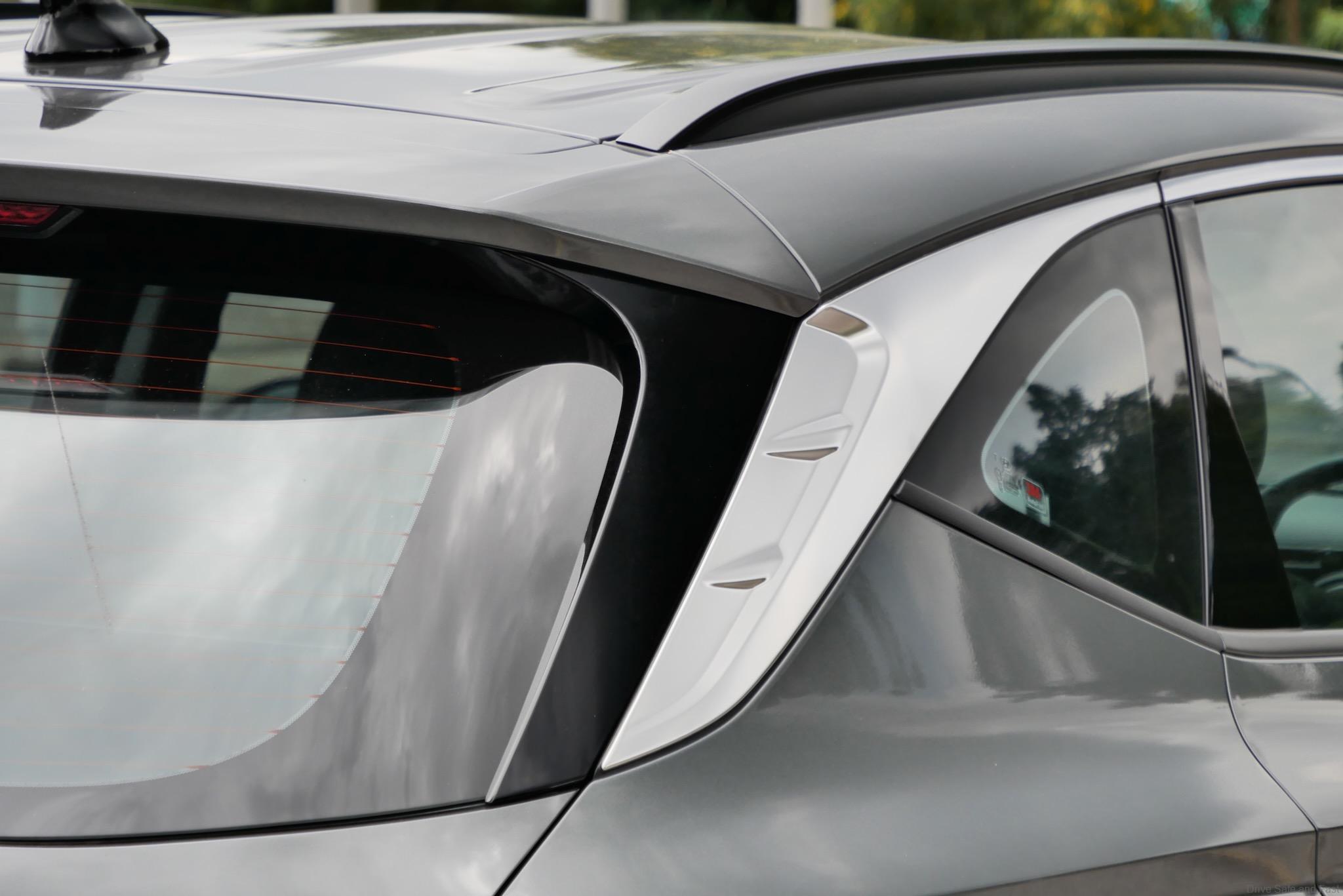
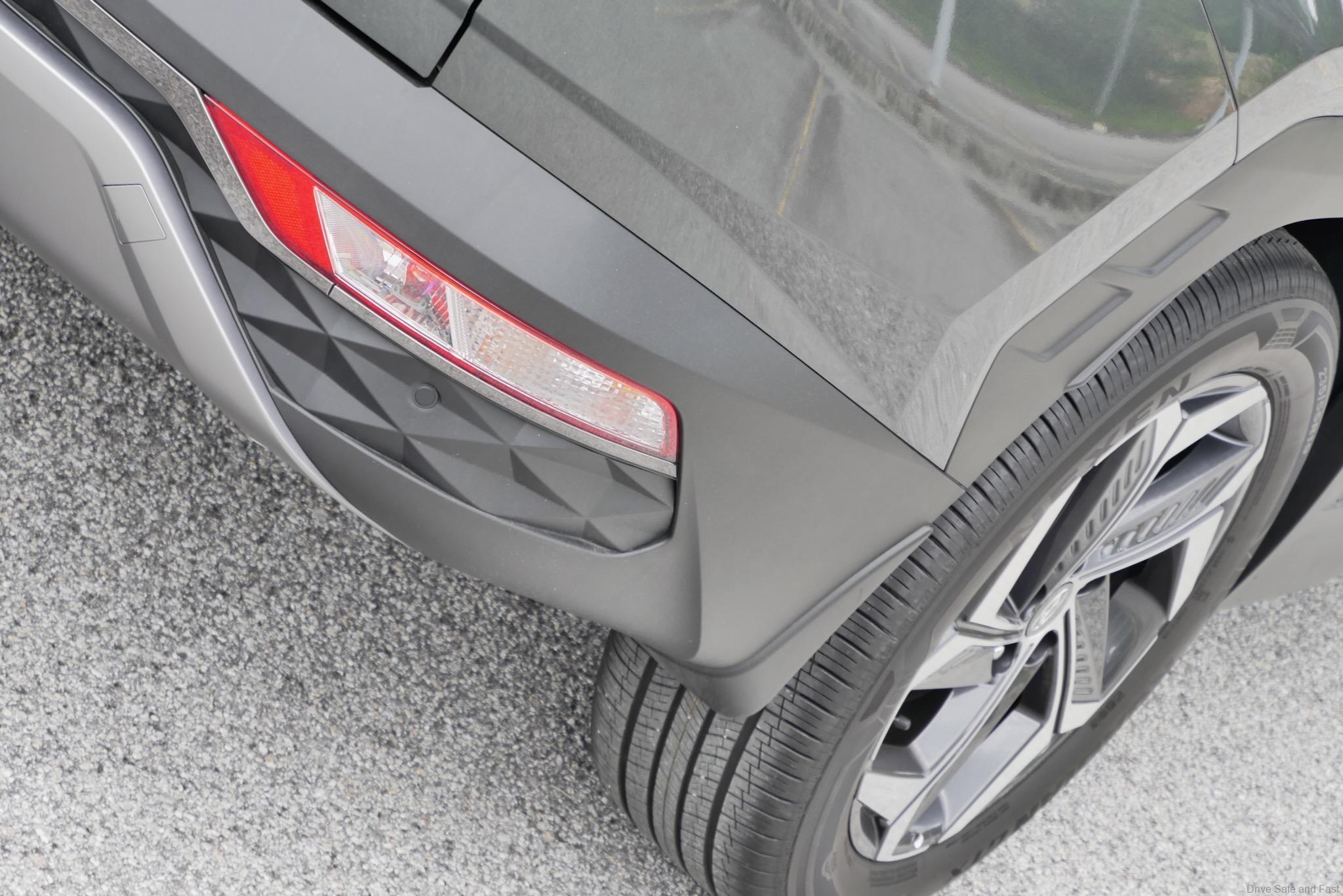
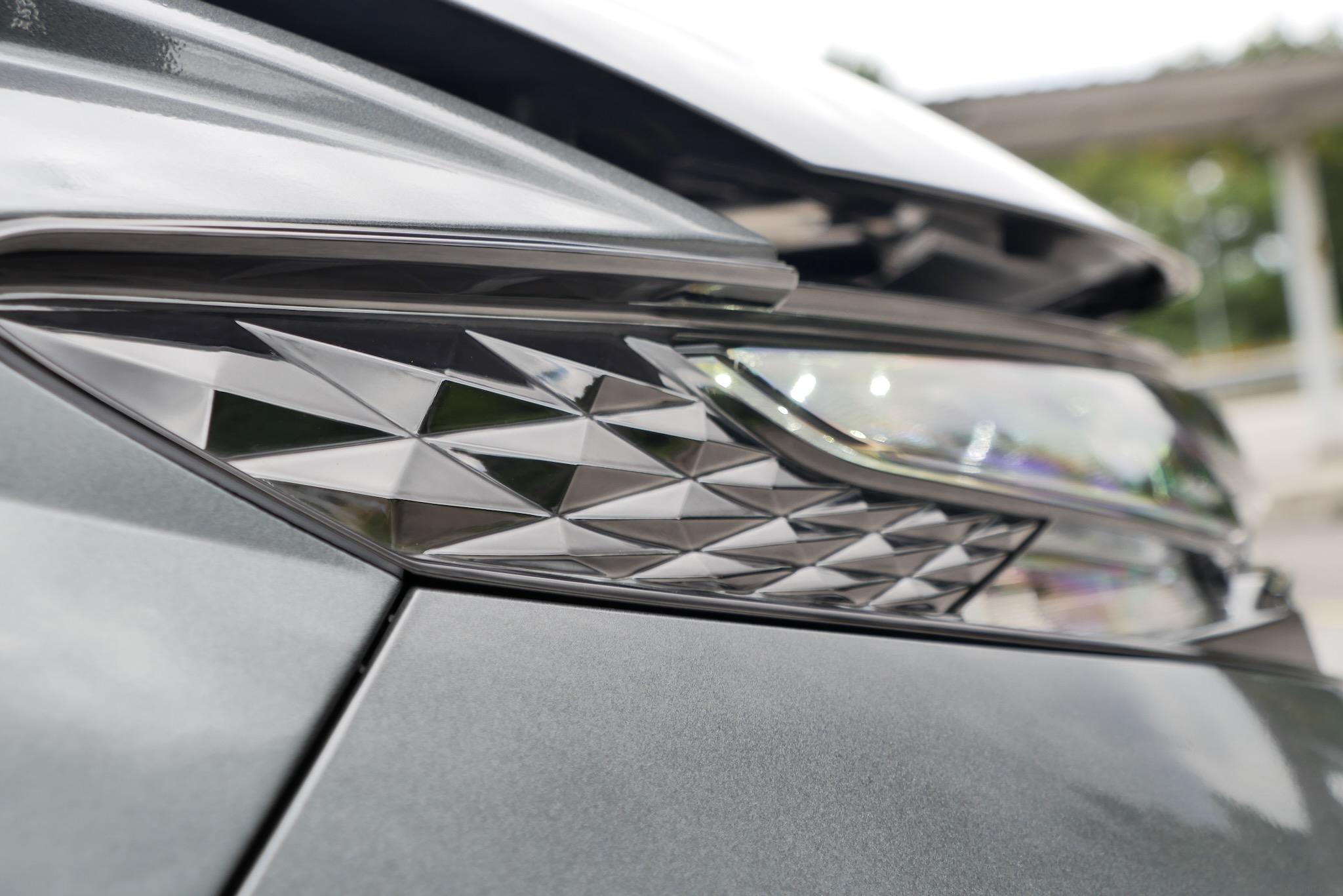
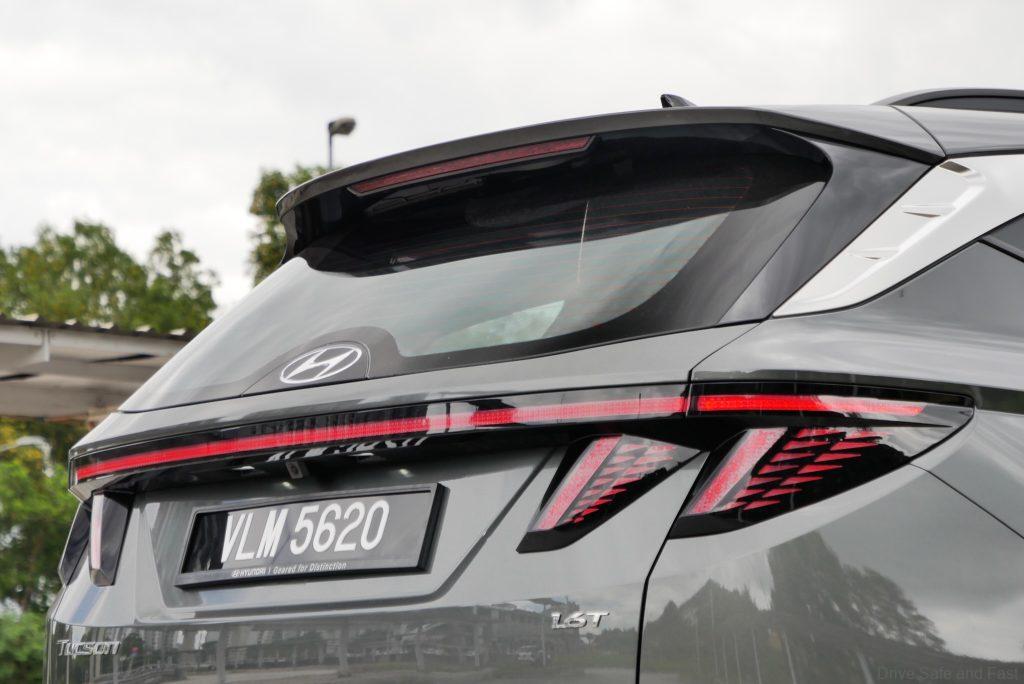
In some areas, the design results in some really strange decisions. The rear glass for instance features a top-mounted wiper for a clean look when not in use. However, to keep things uncluttered, they’ve mounted the skeuomorphic Hyundai emblem as a flat print out below the rear glass. As far as we can remember, this is a practice some brands have done in the past at the front to mask radar sensors. We’re not sure why it’s done this way here but the result is a little bit unsettling for our taste.


The rims are appropriately sized at 19″ and follow the same design language as the rest of the body, which is a good sign.
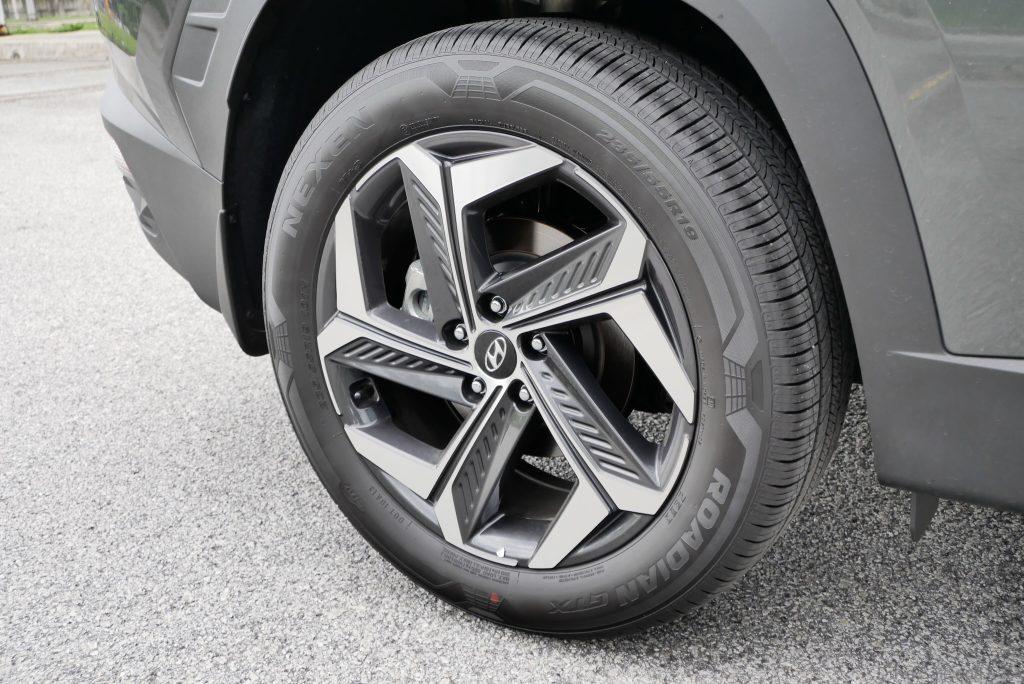
The interior is a lot more conservative than the exterior but there’s still plenty to see at every angle. Hyundai’s design confidence shines through in their use of big swooping lines. Construction of the cabin is also top notch. We don’t think you’ll find build quality like this on anything Japanese. First impressions are very strong for the Tucson’s cabin.



That being said there are major disappointments. The use of bulb-type cabin lights and USB Type-A charging ports detract from an otherwise very modern interior. Material choice is also very typical of Hyundai – high gloss black plastic, silver-painted plastic, and hard textured plastic. While it’s very functional and well-built and in places futuristic, it’s not very inspiring and doesn’t quite live up to the promises set up by that bold exterior.

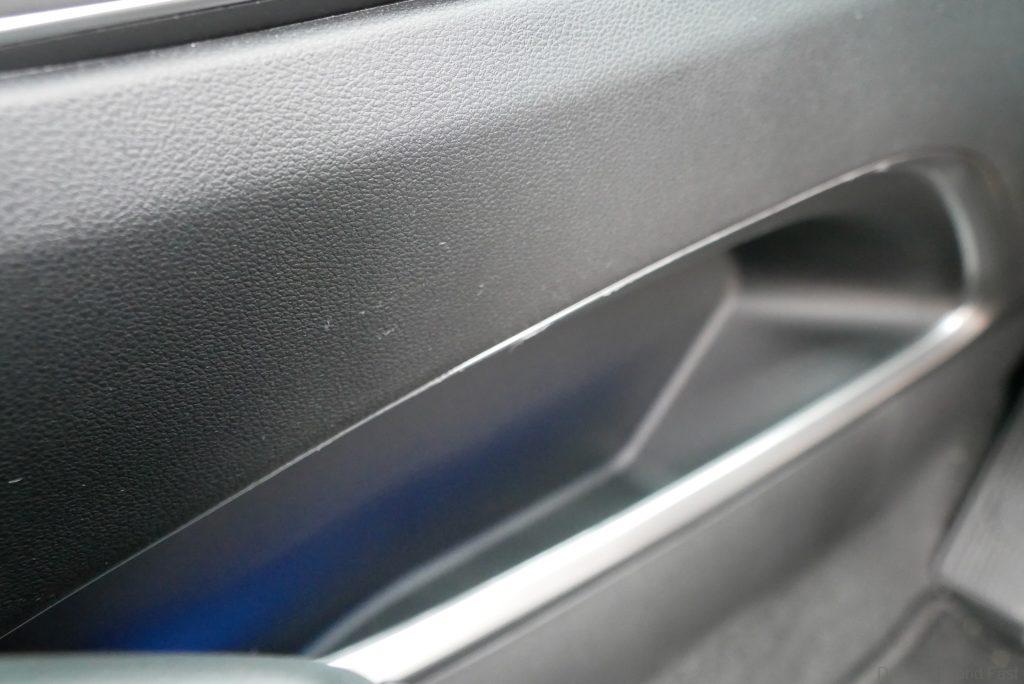

Equipment-wise, our top-spec tester unit was quite well-featured with rear air vents, rear charging ports, 12V 180W power sockets in the front and in the boot, a wireless charging pad, dual-zone auto climate control, rear seat-back recline, a full-sized spare tyre and a powered tailgate.






In terms of space, the Hyundai Tucson on this new N3 platform excels. It’s a C-segment car, but it offers a lot more space for occupants and luggage than one might expect. The rear bench is exceptionally comfortable for the class.
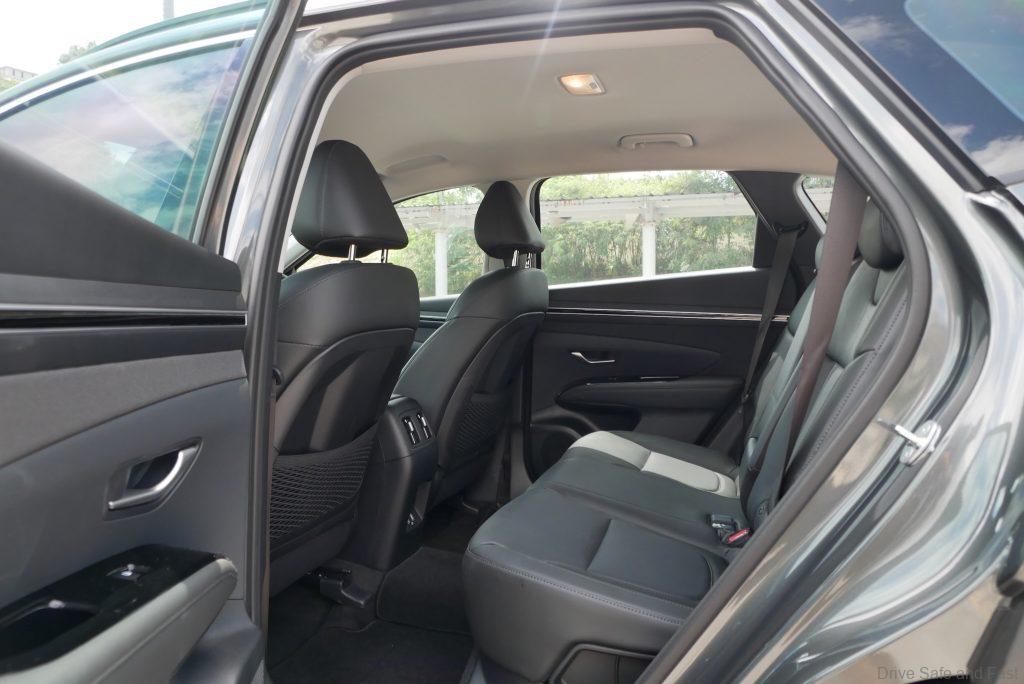
The Tucson’s noticably larger than its predecessor and the layered dashboard and its many storage compartments help create more usable room in this space.
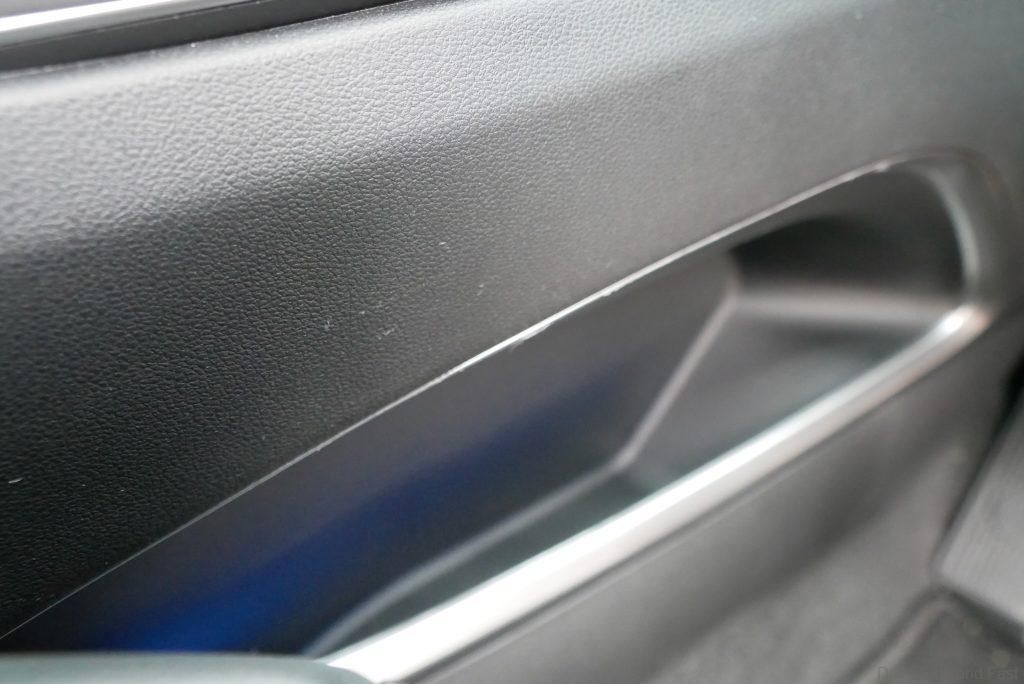
The ambient lighting and displays here are impressive, but no longer as stand-out in 2024 where many manufacturers are offering similar items in less expensive vehicles.
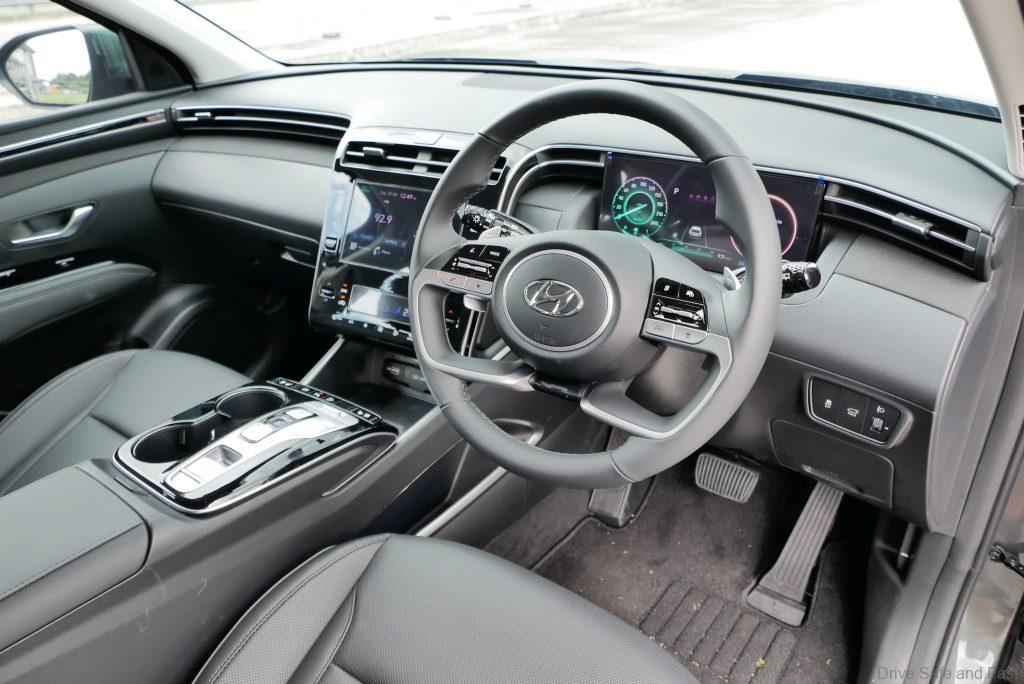
Boot space is truly where the new Tucson excels. 582L are available even with 5 occupants in tow. This is very impressive considering you even get a full-sized spare tyre. I think there’s no arguing that it’s a very practical SUV despite looking like it’s design-centric on the outside.


Performance
The move towards smaller turbocharged petrol engines has finally been embraced as the norm in Malaysia as evidenced by strong sales of 1.5L turbo Hondas. With the Tucson Max spec, you get a 1.6L turbo mated to a 7-speed dual-clutch transmission – all made in-house by Hyundai. It’s a very smooth, efficient and torquey powertrain and puts the similar-on-paper Proton 1.5L TGDI+DCT unit to shame in those metrics. 0-100km/h takes just 8.8 seconds thanks to the 177 horsepower and 265Nm of torque that gets sent to the front wheels. Creeping in traffic is also pretty good too – almost as smooth as a modern CVT or conventional automatic gearbox.
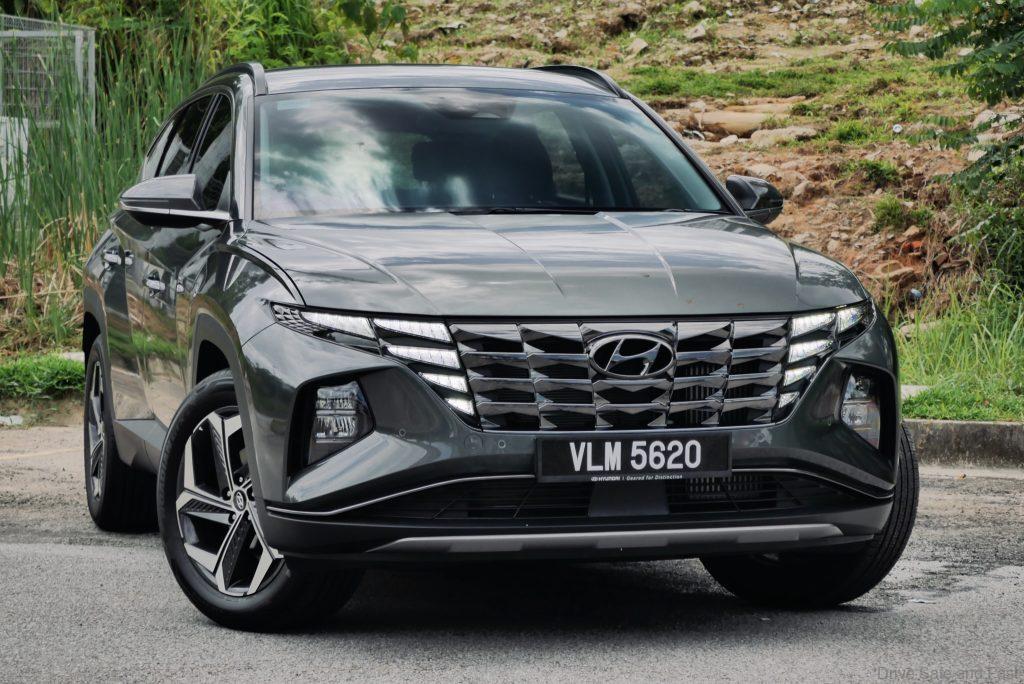
In terms of comfort and dynamism, the Tucson shows a lot of improvement over its predecessor and feels a lot more sophisticated than some of its rivals. It feels pretty close to its main European rival in terms of refinement too. A very satisfying car to be behind the wheel of, for sure. For a family-oriented SUV, the Tucson scores very well in meeting and exceeding expectations.
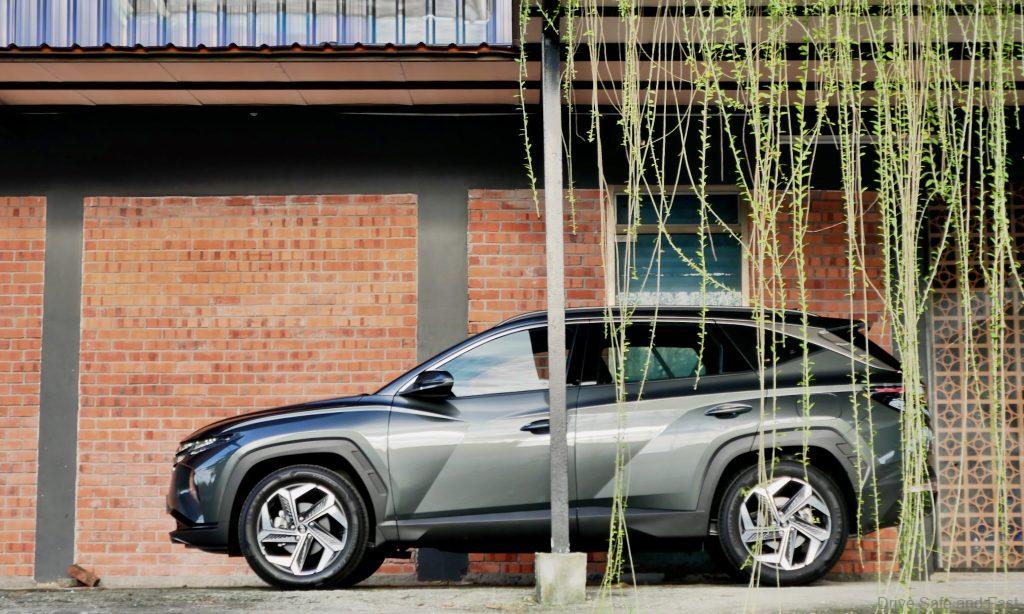
Value is always a tough one for Korean cars. When they were in their Golden era in Malaysia, they were all priced way below market expectation and over-delivered on equipment. In the last decade, their pricing was much closer to their Japanese rivals and we immediately saw a reluctance to adopt en masse despite the huge improvement in quality and equipment. With this generation, the products are have definitely exceeded the direct competition in many metrics and the design and branding is genuinely impressive.
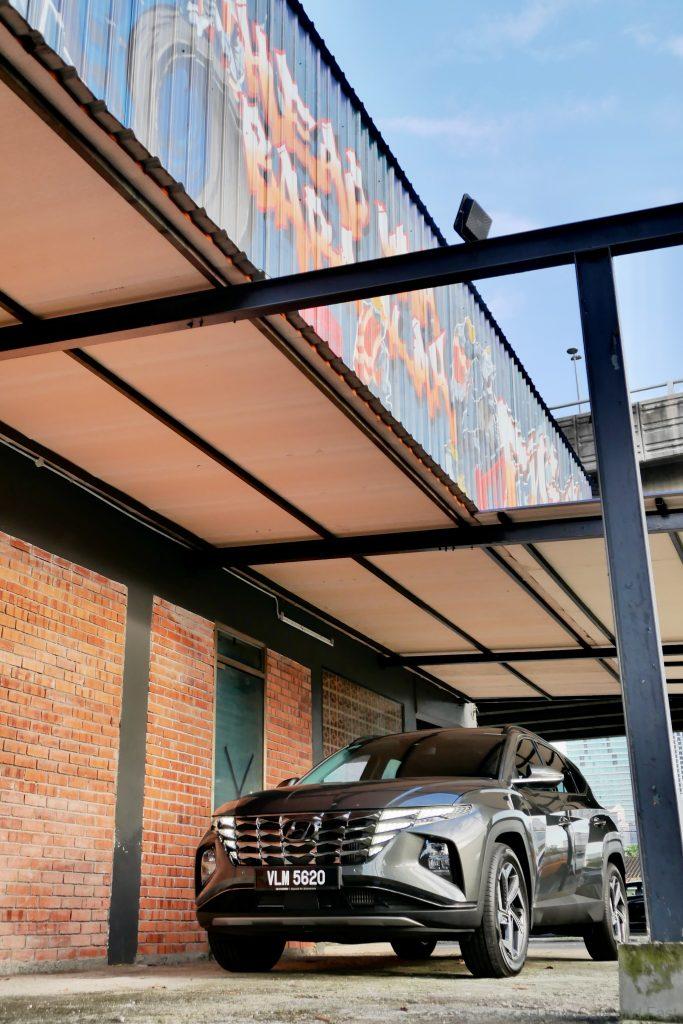
The pricing, however has also now pretty high and looking at the brochure, it’s unlikely many will be attracted to the lower tier variants of the Tucson. RM195,888 is close to what the CX-5 Turbo and CR-V Hybrid are asking and both of those cars are locally-assembled, so I don’t think the Tucson 1.6T Max is overpriced at all considering it’s fully-imported from South Korea. It just doesn’t have a very special powertrain in comparison to those cars. For whatever reason, Hyundai’s resale value in Malaysia still hasn’t quite matched the Japanese, so this has to be part of the value consideration for any consumer.
That being said, if you’re looking for something left field that can match and in some cases exceed its competition, the new Tucson makes more financial sense than a Forester and is a better product than the aging X-Trail.
2023 Hyundai Tucson 1.6T Max Specification
Engine: Inline 4, 16-Valve, DOHC, Petrol Turbocharged
Capacity: 1598cc
Gearbox: 7-speed Dual Clutch Automatic
Max power: 177 hp @ 5500rpm
Max torque: 265Nm @ 1500rpm
Top Speed: 201km/h
0-100 km/h: 8.8 seconds
Price: RM195,888


